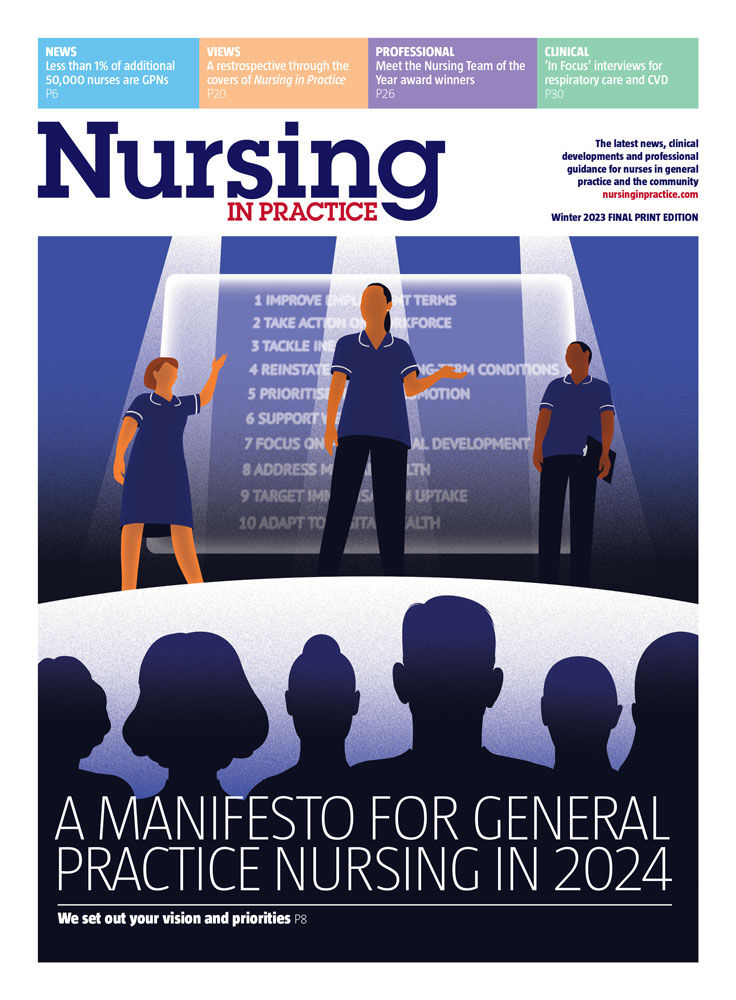Providing enough essential nutrients in the diet is vital to help children grow and develop normally and be healthy now and in the future.
Encouraging fruit and veg is of course really important in children, but did you know iron deficiency anaemia is one of the most common nutrition-related deficiencies? Dietary surveys have found around one in ten 1.5 to 3 year olds year have low iron intakes, making them more likely to be at risk.1
Why is iron important?
Iron is needed to produce healthy red blood cells which help store and carry oxygen around the body in the blood. In infants and young children, iron deficiency anaemia may lead to poor growth and delayed development.
Common symptoms of iron deficiency include:
- Lack of energy.
- Pale skin.
- Poor appetite.
- Breathlessness.
Who’s most at risk?
Children who are weaned late (beyond six months) may be at risk. This is because breast-milk is a poor source of iron, and at six months of age infants’ iron stores accumulated during gestation diminish, and so iron-rich foods need to be provided in complementary feeding and beyond.
Young children who ‘fill up’ on cows’ milk may also find it harder to get the iron they need. Cows’ milk is also a poor source of iron and is not suitable as a drink until after 12 months. From 1-3 years of age about 300-350mls of milk can be given to meet calcium needs, and/or other foods such as yogurts and cheese.
It is common for people to think that vegetarians or vegans may be at high risk of iron deficiency, but studies indicate that vegetarians are no more likely to have iron deficiency anaemia than non-vegetarians.3 Interestingly, the top sources of iron in the diet for young children aged from 1.5 to 10 years are breakfast cereals (they are often fortified)! Nevertheless the more restrictive the diet, the greater the risk of nutrition deficiencies like iron becomes. A well-planned diverse diet is essential.
Where foods are good sources of iron
Iron can be found in both animal (haem iron) and plant sources (non-haem iron). Non-haem iron is not as well absorbed by the body, but vitamin-C rich foods like red peppers, broccoli or kiwi help increase absorption and so should be included with meals containing plant-based sources of iron.
|
Examples of iron from animal sources (Easily absorbed by the body) |
Approx. amount of iron (per serving)4,5 | Suggestion |
|---|---|---|
|
Red meat: Beef/lamb mince, stewed |
1.3-1.4 mg (60g)
|
In bolognaises, lasagnes, cottage pies, chillies or as meat balls |
|
Oily fish: Canned sardines in tomato sauce |
0.6 mg (23g) | In pasta dishes |
| Eggs | 0.9 mg (50g) | Scrambled/poached with toast or in vegetable omelettes |
|
Examples of iron from plant sources (Not as easily absorbed by the body) |
Approx. amount of iron per serving (g) |
Suggestion |
|---|---|---|
|
Lentils, pulses and beans (canned or boiled in unsalted water) |
0.7-1.1 mg (45g) |
In casseroles, chillies or made into dips |
|
Dark green leafy vegetables Watercress |
0.7 mg (30g) |
In soups or stews |
|
Nuts* and seeds Almond butter Sesame/pumpkin seeds *Be careful of choking hazards of whole nuts |
0.5mg (15g) 1.5 mg (15g) |
As a snack on bread or rice cakes Sprinkled into dishes/desserts |
|
Dried fruit* Raisins/apricots *To help protect teeth do not serve as a snack |
0.5mg (15g) |
In breakfast cereals or in plain yogurt |
|
Breakfast cereals fortified with iron* * Check the labels to make sure these are not high in sugars and are fortified with iron |
2.3 mg (19g) |
Served as breakfast with milk and fruit |
|
Bread Wholegrain |
0.4 mg (20g, 1 medium slice) |
As sandwiches or toast |
So remember – yes fruit and veg are important but encouraging parents and carers to include iron-rich foods in the diet of their children should not be forgotten.
References
- Food Standards Agency and Public Health England (2016) NDNS: results from Years 5 and 6 (combined) https://www.gov.uk/government/statistics/ndns-results-from-years-5-and-6-combined
- Department of Health (1991) Dietary Reference Values of Food Energy and Nutrients for the United Kingdom, HMSO.
- SACN (2011) Iron and Health https://www.gov.uk/government/publications/sacn-iron-and-health-report
- McCance and Widdowson (2014) Composition of Foods, 7th Edition
- British Nutrition Foundation (2013) 5532 a-day – perfect portions for toddler tums!








